Kingston HyperX 3K (240GB) SSD Review
by Anand Lal Shimpi on April 10, 2012 3:00 AM ESTWith OCZ intent on moving as much volume to its in-house Indilinx controllers as possible, SandForce (now LSI) needed to expand to additional partners. OCZ has strong control over the channel so SandForce needed to turn to multiple partners to diversify its portfolio. One key win for SandForce was Kingston. We saw the launch of the first Kingston SandForce (SF-2281) based drive last year under the HyperX brand. Today Kingston is announcing a lower cost version of the drive with the HyperX 3K.

Kingston's HyperX 3K (top) vs. Kingston's HyperX (bottom)
The 3K in this case refers to the number of program/erase cycles the NAND inside the SSD is rated for. As we've discussed on numerous occasions, NAND endurance is a finite thing. The process of programming a NAND cell is physically destructive to the cell itself and over time you'll end up with NAND that can no longer hold a charge (or your data).
Intel's 50nm MLC NAND was rated for 10,000 program/erase cycles. Smaller transistor geometries, although tempting from a cost/capacity standpoint, do come with a reduction in program endurance. At 34nm Intel saw its p/e count drop to 5,000 cycles, and at 25nm we saw a range from 3,000 - 5,000. Modern day SSD controllers include wear leveling logic to ensure that all cells are written to evenly, so even at the lower end of the Intel 25nm range there's more than enough lifespan for a typical client workload. Let's do some math on a hypothetical 100GB drive with four different types of NAND (3K, 5K, 10K and 30K P/E cycles):
| SSD Endurance | ||||||
| 3K P/E Cycles | 5K P/E Cycles | 10K P/E Cycles | 30K P/E Cycles | |||
| NAND Capacity | 100GB | 100GB | 100GB | 100GB | ||
| Writes per day | 10GB | 10GB | 10GB | 10GB | ||
| Write Amplification | 10x | 10x | 10x | 10x | ||
| P/E Cycles per Day | 1 | 1 | 1 | 1 | ||
| Total Estimated Lifespan | 8.219 years | 13.698 years | 27.397 years | 82.191 years | ||
Assuming you write 10GB to your drive every day (on the high end for most client workloads), and your workload is such that the controller sees an effective write amplification of 10x (due to wear leveling/garbage collection the controller has to write 10x the amount of data to NAND that you write to host), you'll blow through one p/e cycle per day. For 25nm 3K p/e cycle NAND that works out to be 8.219 years, at which point your data will remain intact (but presumably read-only) for 12 months. Heavier workloads come with higher write amplification factors, but for client use this math works out quite well.
NAND is binned similar to CPUs, except instead of binning for clock speed and power NAND is binned for endurance. Intel offers both 3K and 5K rated 25nm NAND (among others, including ~30K p/e cycle eMLC NAND). The standard HyperX drive ships with 5K 25nm Intel MLC NAND, while the HyperX 3K ships with 3K 25nm Intel MLC NAND.
There's no obvious difference in Intel's part numbers, so I'm not sure if there's a good way to tell whether you're looking at 3K or 5K rated parts from Intel.
The loss of endurance shouldn't matter for most client workloads as I mentioned above, but if you're deploying these drives in a write heavy enterprise environment I'd look elsewhere. Otherwise, the cost savings are worth it:
| SSD Pricing Comparison | ||||||
| 90GB | 120GB/128GB | 240GB/256GB | 480GB/512GB | |||
| Crucial m4 | $154.99 | $299.99 | $549.99 | |||
| Intel SSD 520 | $184.99 | $344.99 | $799.99 | |||
| Kingston HyperX | $189.99 | $329.99 | $874.99 | |||
| Kingston HyperX 3K | $139.99 | $169.99 | $319.99 | $699.99 | ||
| Samsung SSD 830 | $174.99 | $299.99 | $779.99 | |||
| OCZ Octane | $199.99 | $339.99 | $849.99 | |||
| OCZ Vertex 3 | $199.99 | $339.99 | $1199.99 | |||
| OCZ Vertex 4 | $179.99 | $349.99 | $699.99 | |||
HyperX 3K drives are already available via Newegg. The biggest cost savings appear to be at the 480GB capacity, although you'll save a good $10 - $20 for most capacities.
Kingston also offers an optional upgrade bundle kit including a handy screwdriver, SATA cable, USB cable, Acronis cloning software, SATA to USB adapter and a 3.5" sled for mounting in a desktop case. It's a nice bundle although I really wish we'd see better 3.5" adapters in these kits. The bundle will set you back another $10 over the prices in the table above.
Like many SandForce partners, Kingston offers a toolbox to view SMART data however you cannot secure erase the drive from the utility. A separate utility is offered to handle firmware updates.
Performance & Final Words
With Kingston's latest performance is, thankfully, unharmed. The HyperX 3K performs just as well as the 5K rated HyperX drive:
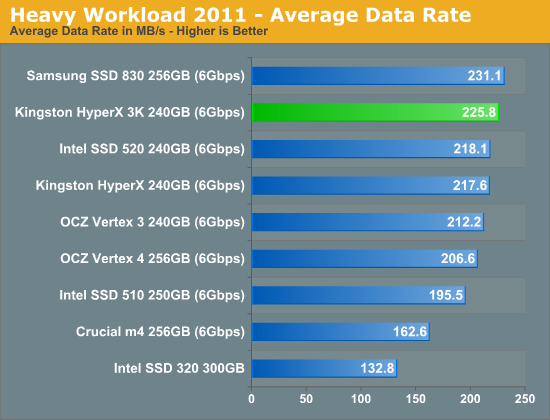
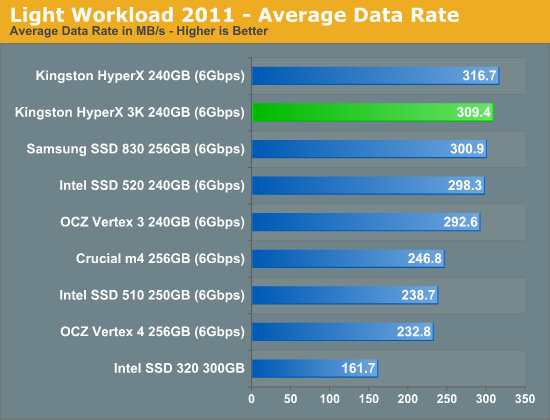
Kingston's SF-2281 implementation has always been extremely fast and the HyperX 3K is no exception. You are looking at one of the fastest drives we've ever tested. I've included our usual benchmarks in the subsequent pages but you can also use Bench to compare drives directly.
The risk, as always, with SandForce based drives is that you'll run into a combination of drive + system that triggers either an incompatibility or the infamous BSOD issue. I haven't seen the bug crop up on the HyperX 3K but I haven't spent a lot of time looking for it either.
All I can offer is the same caution we tack onto most of our SSD reviews. If you know someone with a system similar (identical?) to yours who isn't running into problems then you'll probably be fine.
If you've had a good experience with the HyperX in a system, then the HyperX 3K is a no-brainer. You get similar, already great, performance at a lower cost.


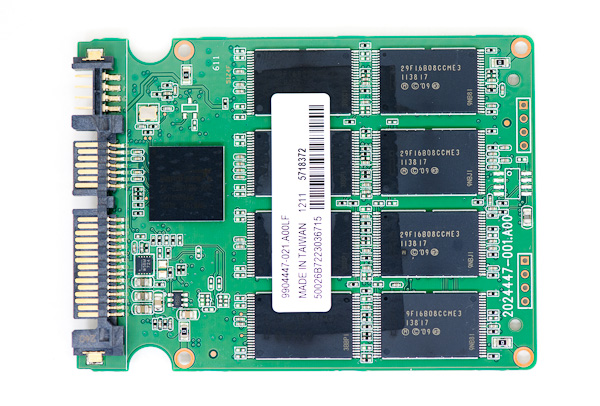
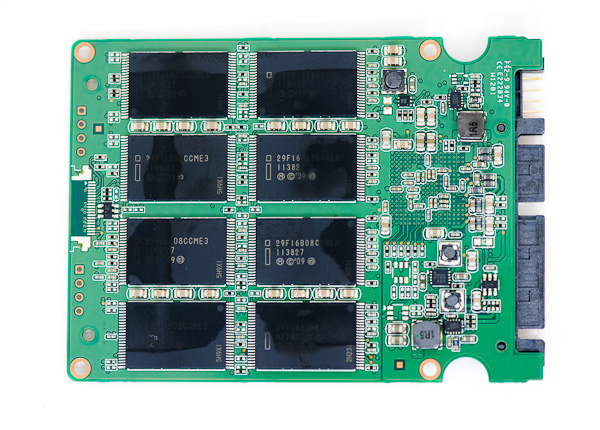

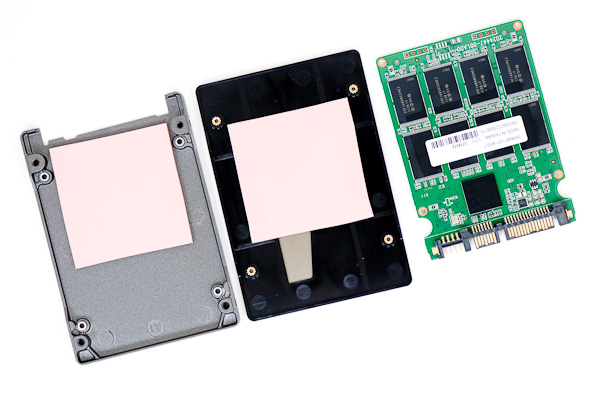








44 Comments
View All Comments
colonelclaw - Tuesday, April 10, 2012 - link
Just out of interest, when you talk about filling the drive and then 'TRIMing the drive', how exactly do you do this? I thought TRIM was automatic (in the right OS), or is there some command that can be run to 'TRIM' a drive?Coup27 - Tuesday, April 10, 2012 - link
In Windows 6, TRIM is triggered when a file is actually deleted, so a format, empty the recycle bin or shift+del a file. When AT test SSDs they are connected as a storage drive, so it is easy to torture the drive and then TRIM it by formatting it within disk management.Coup27 - Tuesday, April 10, 2012 - link
^ Windows 7.Aside from that, Intel and Samsung have toolbox programs which allow you to manually force a TRIM and GC pass.
colonelclaw - Tuesday, April 10, 2012 - link
Thanks Coup!hrrmph - Tuesday, April 10, 2012 - link
BIG THANKS for including the information that it has a toolbox and that the toolbox doesn't support secure erase!hechacker1 - Tuesday, April 10, 2012 - link
What's Kingston's warranty on this? That lets me know about what they expect in terms of support.itsmepj - Monday, May 28, 2012 - link
fast is fast.. but not reliable..... i bough mine in Jan 2012... last week sent back for warranty, cannot detect..... all data gone.... yet replacement unit have to wait for 4-8 weeks time from Taiwan.... very bad backup service..... sadkillabee_me - Saturday, June 2, 2012 - link
I would love to see Anandtech review Sandisk Extreme SSD 240GB .The word is that Sandisk managed to fix one of the biggest problems with Sandforce - the TRIM actually works 100% and the performance is back to the advertized one even after hours of torture tests with incompressible data.
In addition the Extreme series use a very fast SanDisk's own 24nm Toggle Mode NAND and a custom optimized firmware, which results in one of the fastest SSD on the market. The price is extremely competitive as well.
It would be interesting to see what it can do in AnandTech Storage Bench.
phillyry - Tuesday, August 7, 2012 - link
Anand,Why have you assumed a write amplification of 10x ?
Looking at xtremesystems dot org forums for SSD-Write-Endurance-25nm-Vs-34nm, it appears that 1x seems more common (with only the Samsung 470 showing 5x).
Are these stress tests unrealistic and therefor somehow lowering write amplification?
Could you please provide some insight as to how you came up with this figure.
I thought that most SF and Micron based drives had write amp neer 1.0
RSVP,
phillyry
starcom - Tuesday, November 20, 2012 - link
In the end, I buy the HyperX or HyperX 3K?